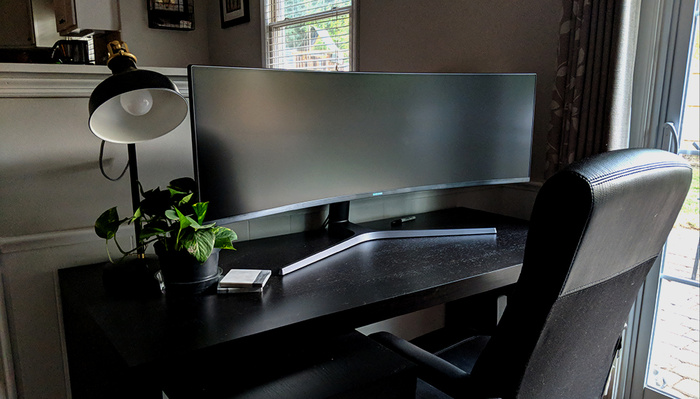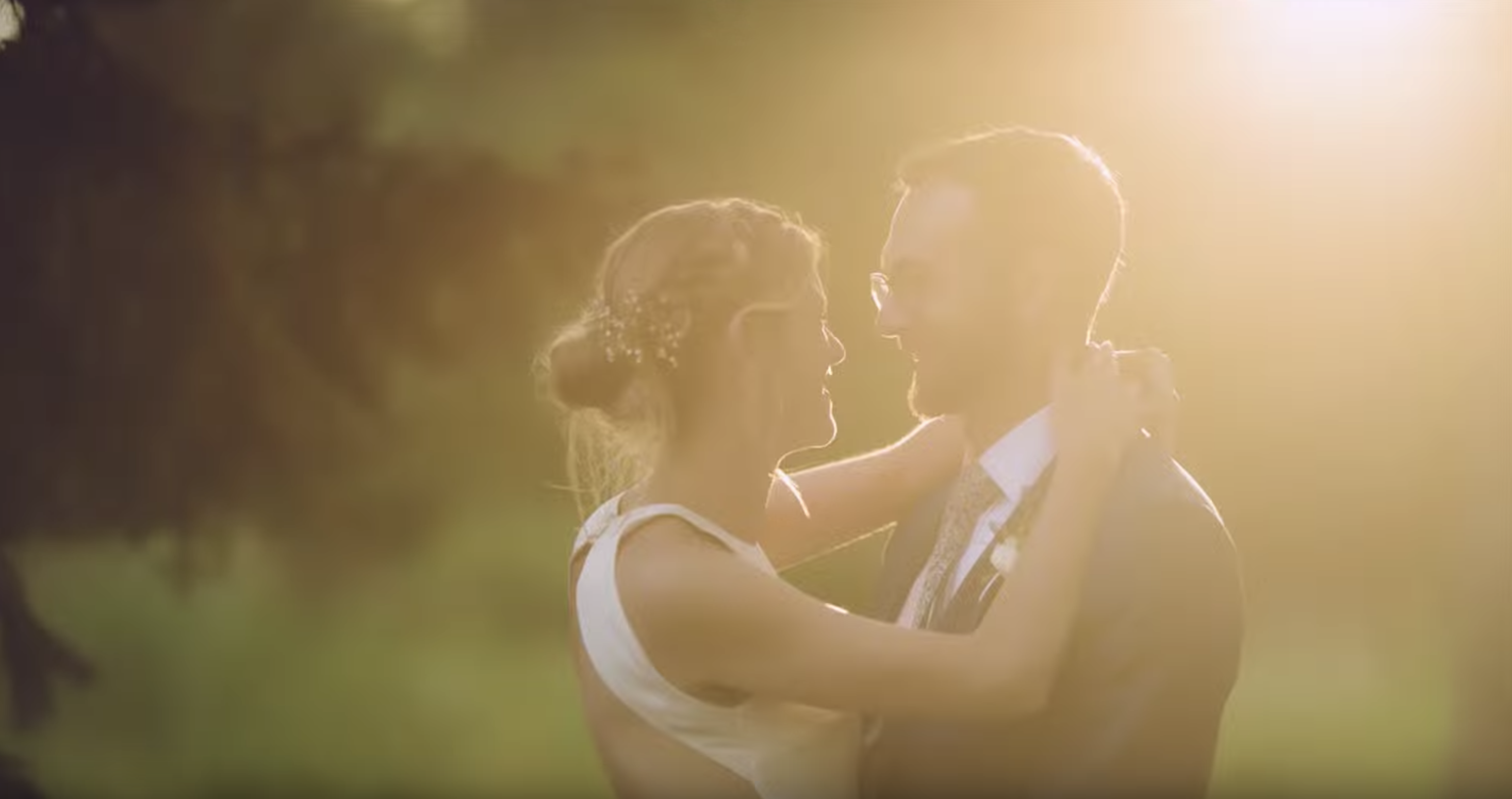
Contributed By Robert R. Fletcher.
A Guide To Understanding Image Usage
BASIC INFORMATION With the current US copyright laws as they are applied now, artists own all rights to their created images and sell/transfer rights to agencies and their clients. All questionable negotiations have historically defaulted in favor of the artist. Technically, even minor modification of the art requires the artists’ permission. You are RENTING, not buying an image unless explicitly stated on the contract.
Generally, think of usage costs reflecting the amount of exposure a particular image may receive.The more exposure, the higher the price. Exact terminology may differ, but the semantics remain the same if all of the information is included in each negotiation. You can phrase itany way you want, but be clear about the INTENT by including information from all categories outline below. Talent usage is similar, but there are differences in how each medium is priced out: talent usage tends to be much more specific. Again, it is based on exposure. European terminology will differ from US terminology, particularly in the “Print” category. In Europe, “Print” includes anything that is not broadcast.
Usage is defined by the following:
 TIME PERIOD / LENGTH OF TIME: This is the length of time an image or images will be used: one year, two year, one time, etc.. It is best to specify “from date of first use” when negotiating a contract for an image. Standard use generally defaults to one year use {from shoot date} in a specific medium unless terms are otherwise negotiated.
TIME PERIOD / LENGTH OF TIME: This is the length of time an image or images will be used: one year, two year, one time, etc.. It is best to specify “from date of first use” when negotiating a contract for an image. Standard use generally defaults to one year use {from shoot date} in a specific medium unless terms are otherwise negotiated.
RIGHTS / QUANTITY: This is the number of times within the time period that the image will be used. Limited: A limited number of times such as “2 insertions” or “run of 5,000” within the time period purchased. By the time you reach multiple insertions in publications such as People or USA Today, you may as well buy unlimited rights. Unlimited: Can be used an unlimited (unspecified) number of times within the time period purchased. This does not allow a transfer of copyright to you or to your client, nor does it mean the same as “unlimited time.” You both have only the rights to use the image, not to resell it or allow a third party to use it. Total Buyout: You have purchased the copyright to the image and have full rights to do whatever you want with the image. You own it, basically. In the case of illustration, you own the rights, but you do not necessarily own the final art. That usually requires a very specific, carefully worded purchase agreement. Expect to pay dearly for this usage!
EXCLUSIVITY: I recommend purchasing exclusivity of all images to prevent the resale of any images during the time period you’ve purchased. Unless otherwise stated, an artist has the right to sell an image to another client at any time—even if it is one currently licensed to your client. Usage defaults to non-exclusive of the selected images only if not otherwise stated. Exclusive: The image (and the outtakes, if specified) cannot be sold to anyone else during the time period purchased. Exclusive to Industry: The image cannot be sold to anyone else within the same industry (Liquor, Banking, etc.) Non-Exclusive: The image (and the outtakes) can be sold to other clients at any time
GEOGRAPHIC REGION: This is the area in which the images will be seen. National: US only. Includes provinces of the US such as Puerto Rico and the Caribbean. North America: Includes the US and its provinces, Canada and Mexico. Global or International: Throughout the world (internet is automatically global). Local: Specific city or area (Los Angeles, New York, San Francisco Area, etc.) Regional: Specific region (Midwest, Southeast, etc.) Europe: Europe is often negotiated as a neat little package that includes Great Britain, Spain, France, the Netherlands, Scandinavia, Germany, Italy. By Country: Specific countries can be purchased, but if the exposure is large, such as Europe, it may be wiser to go with Global to make sure you are covered.
Regional: Specific region (Midwest, Southeast, etc.) Europe: Europe is often negotiated as a neat little package that includes Great Britain, Spain, France, the Netherlands, Scandinavia, Germany, Italy. By Country: Specific countries can be purchased, but if the exposure is large, such as Europe, it may be wiser to go with Global to make sure you are covered.
MARKET: This category also gives the artist an idea of the degree of exposure. Consumer advertising generally receives more exposure and at a premium cost. Trade is not as expensive, nor as far-reaching in exposure. Editorial is relatively cheap. Consumer: Markets to “people who buy things”; it is purely commercial (sells things) in nature and the artist want a piece of the action because of the high degree of exposure. Trade: Markets to “people who sell things to others”; it is lower down on the food chain, and therefore not as expensive. Editorial: Informational in nature, not commercial. Magazine layouts and textbooks fall into this category.
USAGE REALM: This category further defines how the images will be used. These categories are then segmented even further by defining specific mediums for each. Advertising: A medium that sells something, like an ad or an outdoor board.
Promotional: A medium that promotes something, like a poster for an event like a concert. Public Relations: Similar to Promotional, but more awareness-driven and less commercial. Corporate: Annual reports or internal materials like sales kits. Editorial: Again, informational in nature, not commercial. May accompany an article or be included in a textbook.
MEDIA: Media usage describes where an image will be seen and can be defined as precisely as you choose. As with photography, when negotiating with talent the specific media included will directly affect your price. Broadcast use is seldom needed, but can be purchased if necessary. Remember that sometimes being TOO specific may come back to bite you later. Any And All Media: Covers EVERYTHING: all print, OOH, POS, Electronic and Broadcast. “Any” and “All” are somewhat redundant, but it drives home the idea that everything is covered. All Print: Generally, anything printed onto paper that you can hold in your hand: newspaper, magazine, collateral, direct mail. You may expand your negotiations to include POS or OOH by adding it specifically, otherwise they are generally not included under this category. Exceptions may include GO cards or similar limited exposure items. Newspaper: Use this category in conjunction with Geographic Region. Size also plays a role. Magazine: Use this category in conjunction with Market and with specific publications. Collateral: Includes anything in print that “goes along with” the campaign but is of secondary importance. Things like brochures, some mailers and bill stuffers fit under this category. Direct Mail: Pieces that are mailed to people. Quantity of pieces and Geographic Region affects pricing. Where the image is seen also makes a difference, whether it’s on the cover, envelope, etc. Point-of-Sale (POS) or POP (Point-of-Purchase): Things that will be seen where the product is sold. Banners, signage, counter cards, displays, in-store posters, table tents, hang tags. Out-of-Home (OOH) or Outdoor: Virtually anything seen outside of your home: outdoor boards, bus sides, trans stops, rail cards, GO cards. Trade Show: Trade show booths or materials used in a trade show. Show attendance and how the image will be used must be discussed. Electronic: Media that is not printed: Internet, C Ds for distribution, Asset Management System, screensaver. Unless rights are specifically purchased, images cannot be resold. Internet: Global internet use. Where it will be seen (home page or inside page)may affect pricing. Sometimes numbers of hits makes a difference also. Miscellaneous: Things like Ad Planners must be negotiated apart from the other media because of the potential for wide-spread, undetermined use.
BODY OF WORKS: This means all of the images shot for the project, not just the selected image or images. Some photographers will automatically sell you the rights to the entire body of works, but most will sell you the rights to only the selects. You will need to clarify at the beginning of the negotiation because usage will default to the selected images only if not specified. You will also want to include a clause that outtakes may not be sold as stock until the rights on the selects expire.
REUSE: It is in your best interest to include verbiage in your initial use statement that covers future reuse. Legally, unless otherwise indicated, an artist can sell an image to another client at any time, with an increased risk after the original use expires. Because the exact date of first use may not be known at the time rights are purchased, it follows that the date of expiration may not be exact. With the proper verbiage, you can create a checks-and-balance system to at least have an opportunity to decide if you want to purchase reuse before your client sees it in another ad. I recommend stating that your “client reserves first option of reuse upon expiration of current rights.” If you and your client do not renew your option, then there is a possibility that the image will be purchased by someone else.
MISCELLANEOUS: You will want to include the right to use images for your agency to use in self-promotion. Those rights are technically not granted past the original usage period without express authorization. Although usually not a problem, it doesn’t hurt to have it stated officially. To get the maximum amount of usage time of an image, include the phrase “from date of first use” or “effective date of first use.” That way, if an image is not used for several months, your usage won’t begin until then. Otherwise, it may be a point of contention a year from the shoot date. This is especially important with talent. If the photographer is coordinating the talent, do not automatically assume that the usage for the talent matches the usage you are contracting with the photographer. You must clarify talent usage at the estimate stage.
EXAMPLES OF USAGE VERBIAGE: Here are some samples of how to phrase your usage statement:
A. One year unlimited exclusive international advertising and promotional rights and usage in any and all media for entire body of works, effective date of first use. Artist retains self-promotion rights forever, as does the agency. Client reserves first option of reuse upon expiration of current rights.
B. Two years unlimited exclusive regional (Minnesota, Wisconsin and Illinois) advertising and promotional rights and usage in any and all media for entire body of works, effective date of first use. Artist retains self-promotion rights forever, as does the agency. Client reserves first option of reuse upon expiration of current rights. Image will be digitally enhanced in post-production.
C. Unlimited exclusive global advertising and promotional rights and usage in any and all print for an unlimited time. Includes entire body of works. All images, including outtakes, may not be sold as stock until all usage expires. Client reserves first option of reuse upon expiration of current rights. Artist retains self-promotion rights forever, as does the agency. Total buyout of rights, usage and copyright. Artist retains self-promotion rights. {The word ‘buyout’ by itself is meaningless and will not hold up in court}
Commercial Photography Terms & Conditions:
Definitions
For the purpose of this agreement “the Agency” and “the Advertiser” shall, where the context so admits, include their respective assignees, sub-licensees and successors in title. In cases where the Photographer’s client is a direct client (i.e. with no agency or intermediary), all references in this agreement to both “the Agency” and “the Advertiser” shall be interpreted as references to the Photographer’s client. “Photographs” means all photographic material furnished by the Photographer, whether transparencies, negatives, prints or any other type of physical or electronic material.
Copyright
The entire copyright in the Photographs is retained by the Photographer at all times throughout the world.
Ownership of Materials
Title to all Photographs remains the property of the Photographer. When the License to Use the material has expired the Photographs must be returned to the Photographer in good condition within 30 days.
Use
The License to Use comes into effect from the date of payment of the relevant invoice(s). No use may be made of the Photographs before payment in full of the relevant invoice(s) without the Photographer’s express permission. Any permission which may be given for prior use will automatically be revoked if full payment is not made by the due date or if the Agency is put into receivership or liquidation. The License only applies to the advertiser and product as stated on the front of the form and its benefit shall not be assigned to any third party without the Photographer’s permission. Accordingly, even where any form of “all media” License is granted, the photographer’s permission must be obtained before any use of the Photographs for other purposes eg use in relation to another product or sublicensing through a photo library. Permission to use the Photographs for purposes outside the terms of the License will normally be granted upon payment of a further fee, which must be mutually agreed (and paid in full) before such further use. Unless otherwise agreed in writing, all further Licenses in respect of the Photographs will be subject to these terms and conditions.
Exclusivity
The Agency and Advertiser will be authorized to publish the Photographs to the exclusion of all other persons including the Photographer. However, the Photographer retains the right in all cases to use the Photographs in any manner at any time and in any part of the world for the purposes of advertising or otherwise promoting his/her work. After the exclusivity period indicated in the License to Use the Photographer shall be entitled to use the Photographs for any purposes.
Client Confidentiality
The photographer will keep confidential and will not disclose to any third parties or make use of material or information communicated to him/her in confidence for the purposes of the photography, save as may be reasonably necessary to enable the Photographer to carry out his/her obligations in relation to the commission.
Indemnity
The Photographer agrees to indemnify the Agency and the Advertiser against all expenses, damages, claims and legal costs arising out of any failure by the Photographer to obtain any clearances for which he/she was responsible in respect of third party copyright works, trade marks, designs or other intellectual property. The Photographer shall only be responsible for obtaining such clearances if this has been expressly agreed before the shoot. In all other cases the Agency shall be responsible for obtaining such clearances and will indemnify the Photographer against all expenses, damages, claims and legal costs arising out of any failure to obtain such clearances.
Payment
Payment by the Agency will be expected for the commissioned work within 30 days of the issue of the relevant invoice. If the invoice is not paid, in full, within 30 days The Photographer reserves the right to charge interest at the rate prescribed by the Late Payment of Commercial Debt (Interest) Act 1998 from the date payment was due until the date payment is made.
Expenses
Where extra expenses or time are incurred by the Photographer as a result of alterations to the original brief by the Agency or the Advertiser, or otherwise at their request, the Agency shall give approval to and be liable to pay such extra expenses or fees at the Photographer’s normal rate to the Photographer in addition to the expenses shown overleaf as having been agreed or estimated.
Rejection
Unless a rejection fee has been agreed in advance, there is no right to reject on the basis of style or composition.
Cancellation and Postponement
A booking is considered firm as from the date of confirmation and accordingly the Photographer will, at his/her discretion, charge a fee for cancellation or postponement.
Right to a Credit
If the box on the estimate and the license marked “Right to a Credit” has been ticked the Photographer’s name will be printed on or in reasonable proximity to all published reproductions of the Photograph(s). By ticking the box the Photographer also asserts his/her statutory right to be identified in the circumstances set out in Sections 77-79 of
the Copyright, Designs and Patents Act 1988 or any amendment or re-enactment thereof.
Electronic Storage
Save for the purposes of reproduction for the licensed use(s), the Photographs may not be stored in any form of electronic medium without the written permission of the Photographer. Manipulation of the image or use of only a portion of the image may only take place with the permission of the Photographer.
Applicable Law
This agreement shall be governed by the Laws of the United States of America.
Variation
These Terms and Conditions shall not be varied except by agreement in writing.
A Quotation Example using the Above Guide:
Fees & Descriptions for Quotation considerations for purchase of images:
Length of Time:
Length of time an image will be used: 1 time, 1 year, 2 years etc. “from date of first use”
Rights of Usage:
This is the number of times within the time period that the image will be used.
Limited: A limited number of times such as “2 insertions” or “run of 5,000” within the time period purchased.
Unlimited: Can be used an unlimited (unspecified) number of times within the time period purchased.
Total Buyout: You have purchased the copyright to the image and have full rights to do whatever you want with the image for an unlimited length of time.
Exclusivity:
This determines how and by whom the image can be used.
Exclusive: The image (and the outtakes, if specified) cannot be sold to anyone else during the time period purchased.
Exclusive to Industry: The image cannot be sold to anyone else within the same industry (Liquor, Banking, etc.)
Non-Exclusive: The image (and the outtakes) can be sold to other clients at any time. Unless otherwise stated, an artist has the right to sell an image to another client at any time. Usage defaults to non-exclusive of the selected images only if not otherwise stated.
Geographic Region
This is the area in which the images will be seen.
Local: Specific city or area (Los Angeles, New York, San Francisco Area, etc.)
Regional: Specific region (Midwest, Southeast, etc.)
National: US only. Includes provinces of the US such as Puerto Rico and the Caribbean.
North America: Includes the US and its provinces, Canada and Mexico.
Country: Specific countries can be purchased, but if the exposure is large, such as Europe, it may be wiser to go with Global to make sure you are covered.
Global/International: Throughout the world (internet is automatically global).
Usage Realm:
This further defines how the images will be used.
Advertising: sells something, like an ad or an outdoor board.
Promotional: promotes something, like a poster for an event like a concert.
Public Relations: Similar to Promotional, but more awareness-driven and less commercial.
Corporate: Annual reports or internal materials like sales kits.
Editorial: not commercial. May accompany an article or be included in a textbook.
Media Usage:
Describes where an image will be seen and can be defined as precisely as you choose.
All Print: Generally, anything printed onto paper that you can hold in your hand such as newspaper, magazine, direct mail.
Newspaper: In conjunction with Geographic Region. Size also plays a role.
Magazine: In conjunction with Market and/or with specific publications.
Direct Mail: Pieces that are mailed to people. Quantity of pieces and Geographic Region are to be considered with this. Where the image is seen also makes a difference, whether it’s on the cover, envelope, etc.
Point-of-Sale (POS) or POP (Point-of-Purchase): Things that will be seen where the product is sold. Banners, signage, counter cards, displays, in-store posters, table tents, hang tags.
Out-of-Home (OOH) or Outdoor: Virtually anything seen outside of your home: outdoor boards, bus sides, trans stops, rail cards, GO cards.
Trade Show: Trade show booths or materials used in a trade show. Show attendance and how the image will be used must be discussed.
Electronic: Media that is not printed: Internet, CD’s for distribution, Asset Management System, screensaver. Unless rights are specifically purchased, images cannot be resold.
Internet: Global internet use. Where it will be seen (home page or inside page)may affect.
Body of Works:
This means all of the images shot for the project or just the selected images. To be clarified at the beginning of the negotiation because usage will default to the selected images only if not specified. Outtakes may or may not be sold as stock until the rights on the selects expire.
Examples of Usage Verbiage:
A. One year unlimited exclusive international advertising and promotional rights and usage in any and all media for entire body of works, effective date of first use. Artist retains self-promotion rights forever, as does the agency. Client reserves first option of reuse upon expiration of current rights.
B. Two years unlimited exclusive regional (Minnesota, Wisconsin and Illinois) advertising and promotional rights and usage in any and all media for entire body of works, effective date of first use. Artist retains self-promotion rights forever, as does the agency. Client reserves first option of reuse upon expiration of current rights. Image will be digitally enhanced in post-production.
C. Unlimited exclusive global advertising and promotional rights and usage in any and allprint for an unlimited time. Includes entire body of works. All images, including outtakes, may not be sold as stock until all usage expires. Client reserves first option of reuse upon expiration of current rights. Artist retains self-promotion rights forever. Total buyout of rights, usage and copyright. Artist retains self-promotion rights.
Examples of Fees and Usage:
Base Rate for Single Image includes: one year from date of first usage limited to 5 uses or run of 5,000, whichever is first non-exclusive usage by the purchaser region: USA, its provinces & territories any usage realm any media usage use of only specified & purchased images, not the body of work 25.00 per image
Total Buyout includes all rights of usage & copyright release 95.00 per image
Like it, Tweet it, Share it, Pin it, +1 it!





